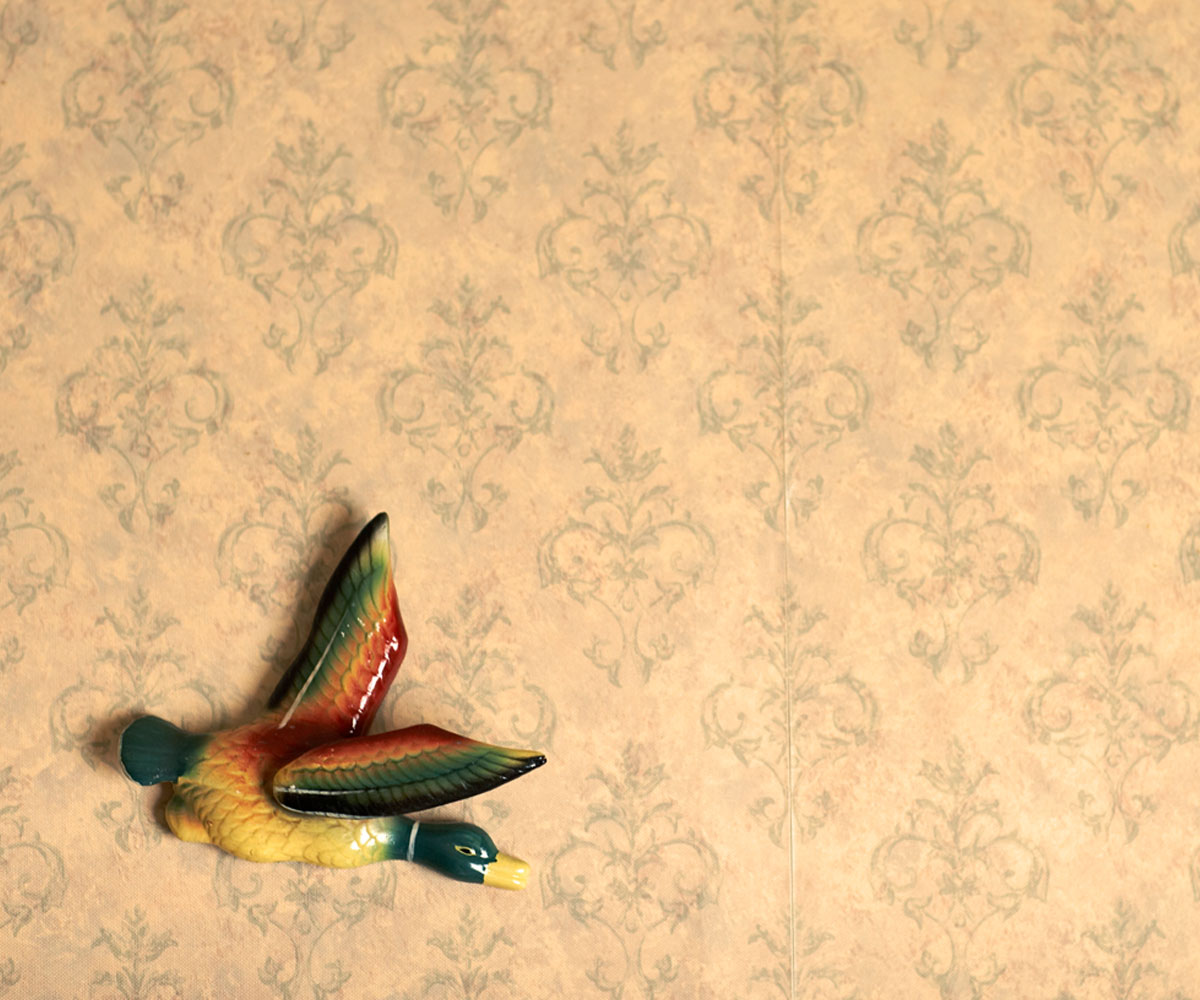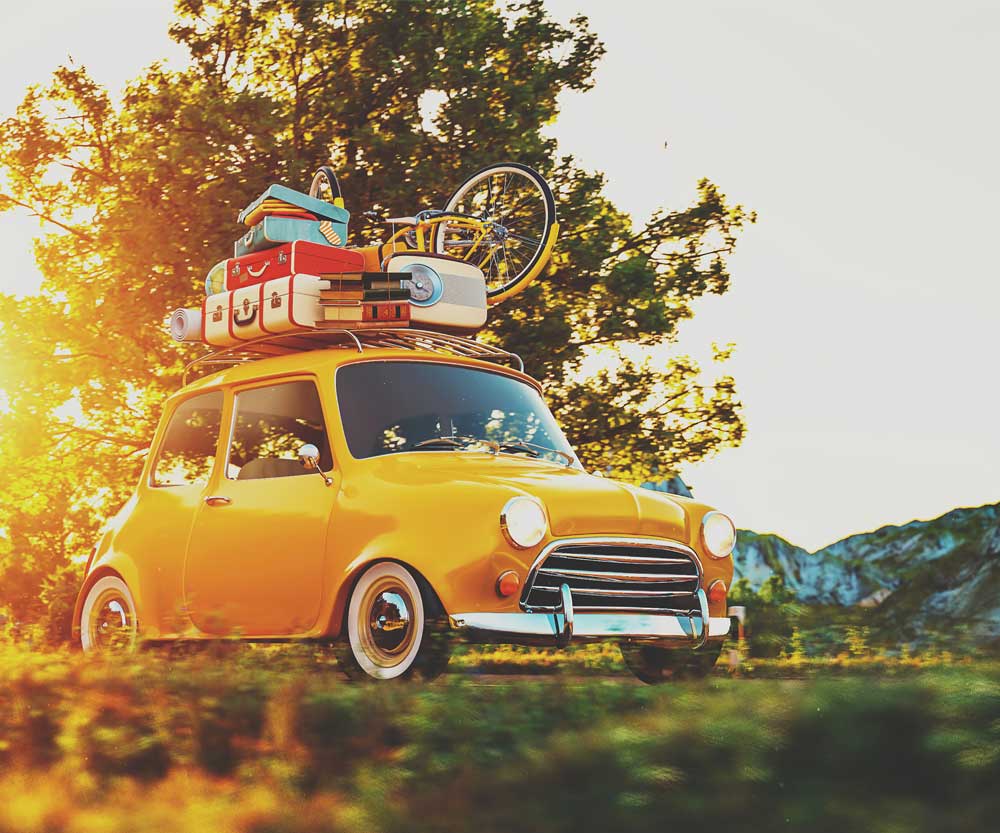Zero waste, tiny homes, downsizing, living small – all these trends point towards a growing desire to simplify our lives.
We’re drowning in stuff and consuming more than ever, but instead of making us happier, our purchases are stressing us out.
I’ve experienced first-hand the anxiety clutter can cause. I have a hint of hoarder in me, thanks in part to the family motto of “waste not, want not” – a good suggestion when it comes to leftover food; not entirely practical when applied to scraps of wrapping paper, used tinfoil and old magazines.
I’ve always been a collector – animal-shaped candles, postcards and magazine clippings in my youth; pretty plates, faux fur jackets and cookbooks nowadays. I appreciate the sentimental value of things, but the no-longer-necessary gifts, the clothes you might wear one day, the chipped plate, the favourite book and the art projects from school can add up and literally weigh you down.
I’ve gone through periods of clutter and periods of calm in my life. I love op-shopping and I love making things. Unfortunately there’s a lot of stuff attached to these hobbies, and time tends to slip through the fingers. The pile of clothes I plan to mend and boxes of tickets and photos I intend to scrapbook continue to grow, and at times I’ve had to cull madly.

Features editor Fiona Ralph found that living in a house truck and van forced her to whittle her possessions down to the bare essentials – and the process was liberating.
It’s easy not to notice clutter building up, but when you finally clear some of it, you will feel physically lighter and your head will feel clearer. It’s a constant battle, though. I’ve read all the books and tried all the clutter-free challenges but, realistically, clearing the crap is easier said than done.
My advice? Pack your belongings into a bag and hit the road. Over the years, I’ve lived in a small, converted house truck, out of a backpack, in a van, and several, if not tiny then rather small, houses. I’ve found that physically limiting your living space is one of the easiest ways to declutter – if there’s no room for something, you’ve no choice but to let it go.
Living in a house truck or van, I only had space for two pairs of shoes, four plates, one set of cutlery and a couple of pairs of pants. One pan had to function for all my cooking needs and sports shoes stood in for sandals. At times it was inconvenient, but the experience was more important than the aesthetics.
This is the idea behind James Wallman’s book Stuffocation, which discusses how our lives have become overloaded with possessions. James suggests we collect memories rather than things. It’s more environmentally friendly and far more fun.

Fiona Ralph’s house truck.
The most free I’ve ever felt was while backpacking, when I shed possessions as I travelled to lighten the load. It’s much easier to get rid of something when the alternative is carrying it.
While travelling, I found one of the easiest ways to prevent clutter from building up was not to collect it in the first place. I abstained from shopping, said no to flyers and excess packaging, and learned the Spanish for “It’s very beautiful, but I have no space in my bag” to politely decline the ever-present street sellers.
Admittedly, I stored some belongings in boxes before I left. When I returned and looked inside them, everything seemed excessive, from the jewellery to the platform heels. You realise how much crap you have and how little you actually need when you streamline your possessions.
Five years later, some of those boxes – full of papers, ID cards, old technology and passé accessories – are still full. Moving house nine times in two years when I returned also helped to contain the clutter. Knowing you’ll soon have to move your stuff to another house is enough to put you off buying more.

Fiona Ralph’s van.
The other thing I’ve learned is to not become too attached to anything. Discovering that I didn’t miss any of my possessions while I was away has made it easier to lend them, break them (accidentally, of course) and let them go.
Since travelling, I’ve also found it fairly easy to continue the habit of shopping less. I much prefer spending the weekend at the beach than the mall. And the more I stay away from shops, the more I realise I don’t need new things. By shopping less, I generate less waste and opt out of mindless consumerism. My new motto is: if it ain’t badly broken, don’t buy a new one.
However, I still seem to accumulate things – hand-me-downs, freebies, secondhand items I can’t say no to… but now I ask myself strict questions before taking them home. Do I need this? Do I have somewhere to store it?
As designer William Morris would ask: is it useful or beautiful? Or, as organising expert Marie Kondo says, “Does this spark joy?”
My current problem is that people know I like secondhand goods and that I’m happy to donate them to charity. I’m often the first port of call for friends and family when they have things to give away. Keeping on top of this creates a constant clutterfest, but I love the thrill of repurposing items bound for the bin and donating them to a worthy cause. Now I just have to learn how to return home from the op-shop with empty arms, rather than bringing home more than I took away.

Clear the clutter!
Try the 30-day declutter challenge: get rid of one item on day one, two on day two, three on day three, and so on. By the end of day 30, you will have removed 465 unnecessary items from your life.
Another option is to time your decluttering periods rather than attempting to tidy everything at once. You’d be surprised how much you can clear in 15 minutes. Rachel Hoffman, author of Unf*ck Your Habitat, recommends trying the 20/10 method – 20 minutes of cleaning followed by a 10-minute break.
Buy less! Before you buy something, think about whether you really need it and if you have the space for it in your home. You could go so far as to throw something out (or donate or recycle) each time you buy something.
Try the one-touch rule: every time you touch an item, put it back where it belongs. If it’s an item that requires you to complete an action, do it.
Ask yourself if something is useful, beautiful or has sentimental value. If it doesn’t meet any of these criteria, get rid of it.
Finished a jigsaw or book? Swap it with a friend or donate it.
Get into the habit of putting items you don’t use in a donation box. When it’s full, deliver it to the nearest op-shop. Make sure items are in good condition and that you wrap any breakables.
If you know junk will accumulate – and it is bound to, even in the most organised home – designate a basket or drawer where clutter can live.
Use magazine racks for newspapers, books, brochures and magazines that pile up. Clear this out regularly – be ruthless!
Do a regular toy clean-up with your kids. When they are old enough, they can do this on their own.
Don’t buy too many skincare or beauty products. You only need one shower gel, not four different types. The same goes for kitchen products, clothes, shoes and other household goods.
You don’t need numerous fancy gadgets in the kitchen, just a couple of good knives, pans and chopping boards.
Kids don’t need lots of expensive toys. You can entertain them with interesting objects from nature or everyday items from around the house, such as a broom or saucepan.


